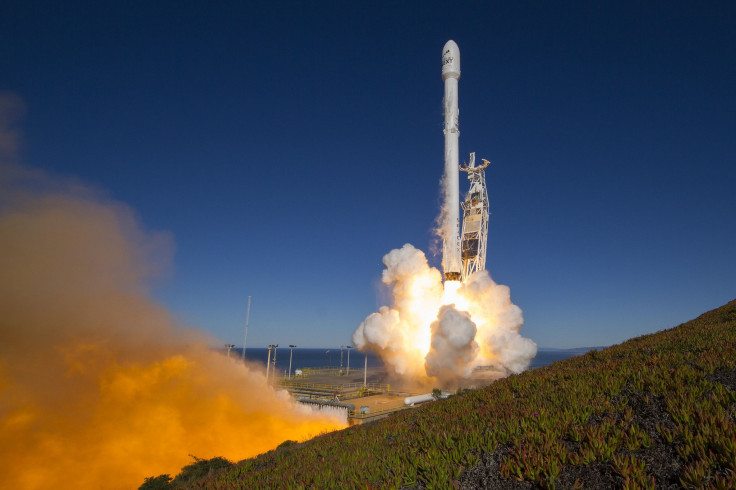SpaceX Falcon 9: What Next? After Returning To Flight With Iridium Launch, Company Has Busy Launch Schedule

SpaceX is back in business. After being grounded from flight operations, following the spectacular Sept. 1 explosion of a Falcon 9 rocket while it was being refueled at its launch pad in Cape Canaveral, Florida, the Elon Musk company made its much-anticipated comeback Jan. 14.
Falcon 9’s resumption to flight was a keenly watched affair, since SpaceX reuses the first stage of the rocket, which brings down its launch costs, making it more affordable for companies who want to use its services. During Saturday’s launch, its first since the accident over four months ago, the rocket put a constellation of 10 Iridium NEXT communication satellites in orbit, and its first stage also landed successfully on a drone ship, called “Just Read the Instructions,” in the Pacific Ocean, off the coast of California.
The company had initially planned to return to flight in December 2016, but was forced to delay its plans, pending completion of its investigation into the Sept. 1 accident, and the acceptance of its report by both NASA and the Federal Aviation Administration. The delay also cost SpaceX some business when Inmarsat shifted the launch contract for its EAN satellite launch to Arianespace.
But now, with an estimated $10 billion worth of launch orders, it looks like Falcon 9 is going to be a busy rocket. Apart from the over 60 more satellites (in six batches) SpaceX is supposed to launch for Iridium in the coming months, the company has to make up for the over four months of delay.
According to the launch schedule posted on Spaceflight Now, a Falcon 9 rocket will make its next flight Jan. 26 from Florida, carrying an EchoStar 23 communications satellite into orbit, which will be used to broadcast digital television over Brazil. The next launch will be of SpaceX’s own Dragon spacecraft, which will leave Feb. 8 on a resupply mission for NASA to the International Space Station.
Later in February, the Falcon 9 rocket will likely make four more flights, including one to launch the next batch of 10 Iridium NEXT satellites. Another launch from California will carry Formosat 5, which belongs to Taiwan’s National Space Organization, as well as the Sherpa deployer — which will carry about 90 CubeSats and small payloads for a variety of commercial and scientific purposes — owned by Spaceflight Industries.
An SES 10 communications satellite, owned by Luxembourg-based SES, and a Koreasat 5A communications satellite, operated by South Korea’s KTsat, round out February for SpaceX launches. Both these satellites will launch from Florida; the former will provide television broadcast and telecommunication services over Central and South America, the Caribbean and Mexico, while the latter will provide similar services over South Korea, Japan and parts of South Asia.
© Copyright IBTimes 2024. All rights reserved.




















